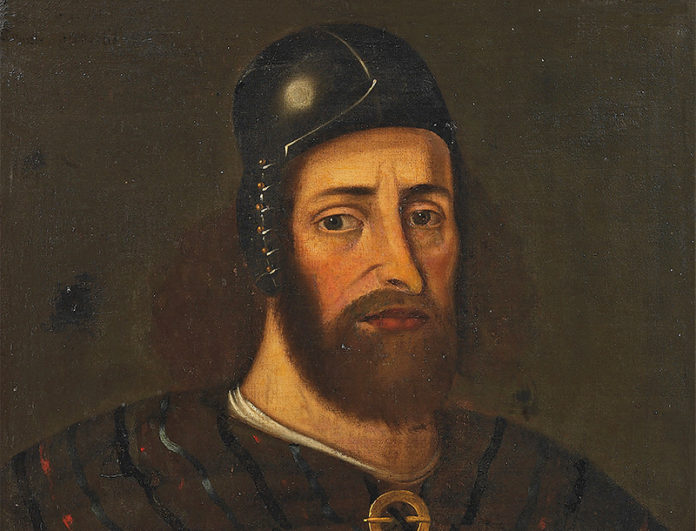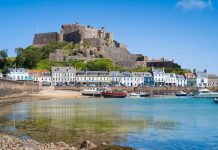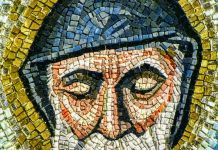Who was the legendary warrior and why is he still celebrated as a Scottish hero centuries on?
Words Joan McFadden
For many people, Mel Gibson’s Braveheart summed up William Wallace: a hero fighting for his country, capturing the imagination of thousands of his countrymen and dying a martyr. However, while Gibson’s portrayal included some historical fantasy, many tales of Wallace’s bravery are based on fact.
Wallace was the younger son of a Scottish knight, and possibly the most extraordinary part of his story is how someone from relatively lowly beginnings achieved such power. The medieval world was beset with hierarchy, to a stultifying extent, but Wallace’s extraordinary military success freed him from standard constraints.
Early life
Wallace was educated and understood French and Latin. He may have had military experience, but little is known about him before 1297, when he killed William Heselrig, the English Sheriff of Lanark, allegedly because Heselrig had murdered his sweetheart.
Resentment
The scene Wallace burst upon was not a happy one. Resentments ran deep: Scotland was ruled by England, as King Edward I had deposed the Scottish king, John Balliol. Many Scottish nobles were imprisoned, while others suffered punishing taxes and had to serve King Edward I in his military campaigns against France.
Wallace’s action catapulted him to the forefront of revolt, with men flocking to join him and fight English domination. His followers struck at Scone, Ancrum and Dundee, while Andrew Moray led an even more successful rising in the north. Wallace’s rising drew strength from the south, and with most of Scotland liberated, Wallace and Moray faced battle with an English army.
Revenge
On 11 September 1297, Wallace and Moray led the Scottish forces that butchered the English at the Battle of Stirling Bridge – Wallace even wore flayed skin from the body of his foe Hugh Cressingham on his belt. Andrew Moray was badly wounded, dying soon afterwards. Wallace was knighted by the Scottish nobles and made Guardian of Scotland in Balliol’s name at the ‘Kirk o’ the Forest’ in Selkirk.
Ruler
Scottish policy was now led by Wallace, who sent letters to Europe proclaiming Scotland’s renewed independence. He persuaded the Pope to appoint the patriotic Bishop Lamberton to the bishopric of St Andrews. He then took the war into the north of England, wreaking havoc and matching previous English atrocities on the Scots with similar brutality.
Defeat
The English nobility were disgruntled with Edward I, but faced with the crushing defeat at Stirling Bridge, they united behind him for the Battle of Falkirk on 22 July 1298. This time the Scots suffered a decisive defeat, but the Scots nobles claimed the role of guardians of the kingdom and continued warring with Edward. Wallace became Scottish envoy to Europe and in 1299 went to the court of King Philip IV of France. When he returned to Scotland in 1301, France and Scotland were united against the English.
Outlaw
However, the union was not to last: France needed Edward’s help to suppress a revolt in Flanders and abandoned Scotland. The Scottish nobles, realising they were on their own, accepted Edward as overlord in 1304. Wallace refused to submit to Edward and so he was declared an outlaw.
On 3 August 1305, Wallace was captured near Glasgow and taken to London for a show trial in Westminster Hall. Wallace was charged with being an outlaw and a traitor and was denied the right to speak. Nevertheless, he rejected the traitor charge, saying he had never been Edward’s subject.
Death
He was found guilty and sentenced to be hung, drawn and quartered. His head was set on a pole on London Bridge and parts of his body sent to four Scottish cities as a warning of the punishment for revolution. His passion for freedom for the Scots still resonates, transforming him into a legend that will never die.






 © 2024
© 2024